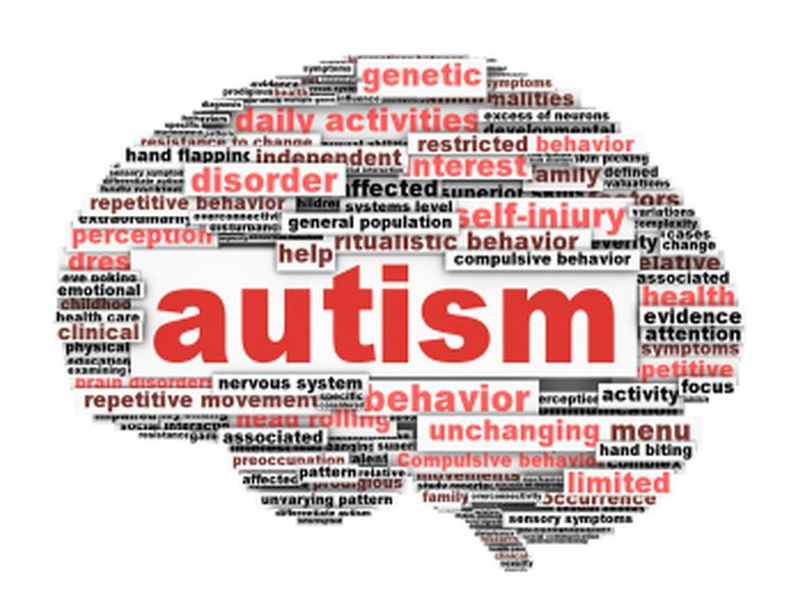TUESDAY, March 27, 2018 (HealthDay News) — New research suggests that a special MRI technique can spot abnormal connections in the brains of preschoolers with autism.
The discovery “may be a clue for future diagnosis and even for therapeutic intervention in preschool children with [autism],” study co-author Dr. Lin Ma, a radiologist at Chinese PLA General Hospital in Beijing, explained in a news release from the journal Radiology.
The findings were published in the journal on March 27.
One U.S. expert agreed that the imaging advance could be a boon to autism research.
“This discovery gives us a more objective diagnostic method by using MRIs to aid us in the diagnosis of children who do have autism, and also gives us a better understanding of the abnormal differences in the brain,” said Dr. Matthew Lorber. He’s a psychiatrist at Lenox Hill Hospital in New York City.
In the study, the Chinese team used an MRI technology known as diffusion tensor imaging (DTI). This technique provides important information on the conditions of the brain’s “white matter,” the researchers explained.
In the study, Ma’s group compared DTI results from 21 preschool boys and girls with autism (average age 4-and-a-half years) and 21 similarly aged children without autism.
The children with autism had significant differences in what’s known as the basal ganglia network, a brain system that’s important in behavior. They also had differences in the paralimbic-limbic network, another system involved in behavior, the researchers said.
The findings suggest that altered brain connections may play a major role in abnormal brain development in young children with autism and contribute to brain and nervous system problems associated with the disorder, Ma said.
Dr. Victoria Chen is a developmental-behavioral pediatrician at Cohen Children’s Medical Center in New Hyde Park, N.Y. She called the new findings “exciting,” because they could point to new means of diagnosing and treating autism.
But she also stressed that the research is in its early stages, and it did not include a wide range of children with an autism spectrum disorder, including those children whose autism co-occurs with conditions such as attention deficit/hyperactivity disorder (ADHD).
It’s probably too early to include brain scans in any diagnostic evaluation of autism, Chen said.
More information
Autism Speaks has more on autism.
Copyright © 2025 HealthDay. All rights reserved.

